F-1 US Visa | How to Get U.S. Embassy Visa Appointment?
The visa requirements, such as U.S. embassy visa appointments and F-1 visa slot reservations, have been altered since August 2012. According to the new process, students must first schedule an appointment with the visa application center, which involves collecting their biometric data (fingerprints and photo), before scheduling a time for their visa interview.
You have come to the right place if you’re looking for information on “How to apply for a U.S. study visa”! Continue reading to learn how to apply for a U.S. student visa as well as other information like U.S. student visa costs and F-1 visa reservations.
What is an F-1 Student Visa?
During their time of study at a school, college, seminary, or conservatory, students with an F-1 visa are able to temporarily reside in the United States for a predetermined amount of time.
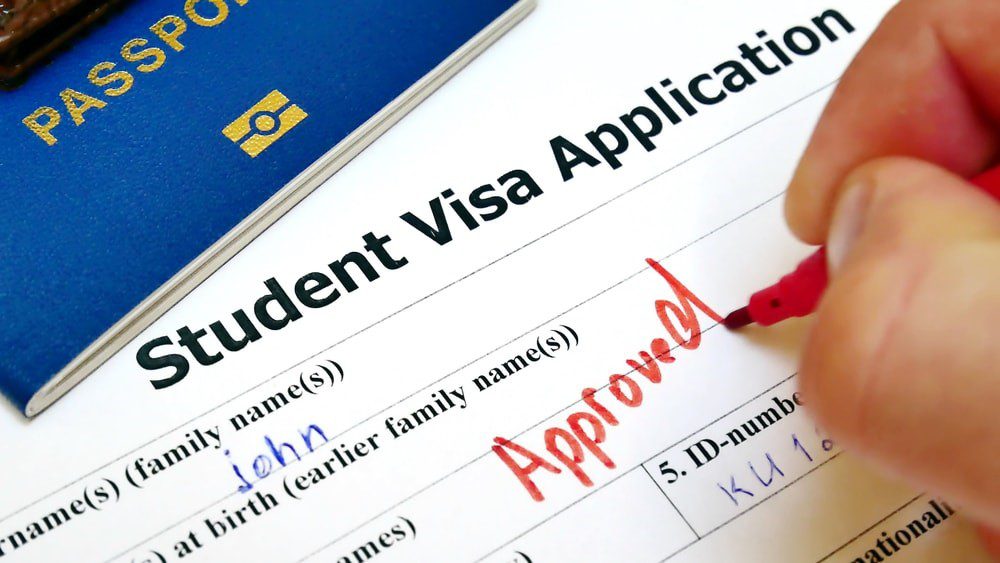
IS F-1 Visa Suitable For Me?
The opportunity to study in the United States is often the reward for years of effort and commitment for many students. All aspiring students must apply for a visa to study in the United States unless they are already citizens or holders of green cards.
The F-1 visa has a fairly broad application but also some very clear rules because there are so many programs and locations to study in the U.S. The first requirement is that you must be traveling to the U.S. to study temporarily. This is not an immigrant visa, to put it another way.
You must be registered in an academic program; you cannot be enrolled in a vocational program because that would require an M-1 visa. Your academic institution must be accredited and have Department of Homeland Security (DHS) approval through the Student Exchange and Visitor Program for foreign students to be admitted on F-1 visas (SEVP).
You will be able to work, but since this is a non-immigrant visa, there are limitations on where and what kind of work you can do. Finally, even though your partner and kids are welcome to travel with you, they won’t be able to work while your kids can start school. They will be bound by your visa status and be on F-2 visas.
F-1 Visa: Eligibility
In order to qualify for an F-1 visa, you must:
1-Apply and be accepted into a course of study at a SEVP-approved school in the United States. SEVP-approved schools are not just universities — they can also be high schools, seminaries, private elementary schools, conservatories, or a language programs.
2-You must be enrolled as a full-time student at the institution.
3-You must be proficient in English or be enrolled in courses leading to English proficiency.
4-Have proof of sufficient financial funds to support study in the United States.
5-Have ties to your home country that show an intent to return after you finish studying in the United States since the F-1 visa program is a temporary visa.
6-Live outside the United States when you apply.
The most time-consuming part of the process for many students is applying to and being accepted into a U.S. academic institution. After you accept an enrollment offer, a series of steps in the visa application process begins.
The following actions must be taken before you start your F-1 visa application:
1-Prior to submitting your visa application, get accepted into a school with a SEVP certification. Your I-20 form, which you’ll need to apply for your F-1 visa, will be given to you once your application is accepted.
2-Pay your SEVIS fee.
3-Complete your DS-160 visa application.
4-Schedule your visa interview.
5-Attend your visa interview.
The F-1 Visa Process
1-Get Accepted and Get Your I-20
Once you are admitted to a U.S. university recognized by SEVP, the F-1 student visa application process begins. The U.S. government uses SEVP certification to show that your university is accredited and has the resources necessary to educate you.
Your university will provide your I-20 form once you have been accepted. This form outlines your intended course of study and offers pertinent details about your visit.
When your I-20 is issued, the following data is entered into the Student and Exchange Visitor Information System (SEVIS):
- Your SEVIS ID number
- Your program start and end dates
- Your intended program of study
- Your funding sources
- Cost of attendance at your school of choice
- Other personal information
Your university provides this information based on the materials you submit for your university application.
Immediately after receiving your I-20, double-check that all of your information is correct before signing at the bottom of the first page. If there is a mistake on your I-20, it may take a while to fix it, and you might not be allowed to enter the country. When you visit the U.S., keep your I-20 form. It is required for entry into the U.S., employment, and various other purposes.
2-Pay Your SEVIS Fee
Your F-1 student visa will cost you roughly $510, which covers the cost of the visa as well as SEVIS processing and maintenance fees.
Requirements: Your I-20
Cost: $350
Where to apply: Payment portal for your SEVIS fee
Keep the I-901 SEVIS fee receipt safe. For your visa interview, you will require it.
3-Complete Your DS-160 Visa Application
Your visa application is on form DS-160. To be eligible for an F-1 visa, prospective international students must finish a DS-160.
Requirements: Your I-20, passport, travel itinerary, photo for your visa
Cost: $160
Where to apply: Application portal for your DS-160
After submitting your DS-160 successfully, you will get a printed confirmation with a barcode. You’ll need this form for your visa interview, so save it.
4-Schedule Your Visa Interview
Set up your visa interview at the closest embassy or consulate of the United States. Considering that wait times can last months and vary by country, make sure to schedule your appointments as soon as possible.
Ask your enrollment advisor for advice on how to set up a mock interview if you are enrolling at a U.S. university through Shorelight. You will feel more at ease with the procedure if you prepare for your visa interview.
5- Attend Your Visa Interview
The U.S. consulate or embassy verifies that you are coming to study as a real, committed student during the interview phase of the F-1 visa application process. You must demonstrate financial support for your time spent studying in the U.S. and confirm your intent to return home during the visa interview. There are very few instances where you are not required to appear in person for your visa interview (e.g., if you are younger than 14 or older than 80 years of age or meet certain visa renewal requirements).
Cost: Your DS-160 payment covers the cost
Where to apply: Scheduling portal for your visa interview
After completing your visa interview successfully, you will be issued an F-1 visa and be given F-1 status. Now you can enroll in academic programs in the USA!
F-1 Visa Admission Requirements
Make sure the following documents are prepared for the consular officer’s review before you go to your visa interview:
- A valid passport
- A copy of the photo you will use for your visa
- Printed copies of your DS-160 and I-901 SEVIS payment confirmations
- I-20 form
- School transcript and official test scores cited on your university application
- Diploma (if applicable)
- Bank statements or other proof of finances
The consular representative could ask for more documents during your interview. Consider bringing the following papers to be prepared:
- Academic records such as transcripts, diplomas, degrees, or certificates from schools you attended
- Standardized test scores required by your U.S. institution
- Evidence of your intent to depart the United States upon completion of your course of study
- Statements proving your ability to pay all educational, living, and travel costs

F-1 Visa Interview
In most cases, a U.S. Embassy or consulate interview is required of you. You must bring these items:
1-A passport that is still valid six months after the intended date of entry into the U.S. Each person requiring a visa, including any family members listed in your passport, must submit a separate application.
2-The Form DS-160 confirmation page.
3-Application fee payment receipt.
4- A photo that conforms to U.S. State Department requirements.
5-Form I-20 that was issued to you by your academic institution.
Additionally, be prepared to provide proof of the following:
6-Transcripts, diplomas, degrees, or certificates from schools you attended.
7-Standardized test scores required by your U.S. school.
8-Proof of ties to your home country and proof of funds to support you and pay for your studies while you are in the United States.
Frequently Asked Questions: F-1 Visa
You are permitted to travel with your spouse and children. You may apply for an F-2 visa if you intend to live with your spouse and any unmarried minor children while you are a student. Although paying the SEVIS fee is unnecessary, your school must still provide them with a unique Form I-20. You must present evidence of your relationship as well as a copy of your F-1 or M-1 visa.
F-1 students are not permitted to work off-campus during their first academic year, but they are permitted to accept employment on campus with certain conditions and limitations. After their first academic year, F-1 students are permitted to work in three different off-campus jobs:
-Curricular Practical Training (CPT)
-Optional Practical Training (OPT) (pre-completion or post-completion)
-Science, Technology, Engineering, and Mathematics (STEM) OPT
You may be required to file a U.S. tax return, depending on your specific tax situation. Consult a certified tax expert for more information.
An F-1 student can typically switch to another SEVP-certified institution. However, there is some paperwork and planning involved.
After you finish your U.S. studies, some programs and visas are available for F-1 visa holders. Do your research carefully because these can be very specific to your situation, area of study, and professional background.
Your financial resources should be enough to pay for at least one year’s tuition and living expenses in the U.S.
Your financial resources should be enough to pay for at least one year’s worth of tuition and living expenses in the U.S.
Your financial resources should be enough to pay for at least one year’s worth of tuition and living expenses in the U.S.
You should possess one of the standard test scores from the GRE, GMAT, SAT, or ACT, as well as a score from an English language test from the IELTS, PTE, or TOEFL.
A candidate must be 18 years old to apply for a U.S. student visa.

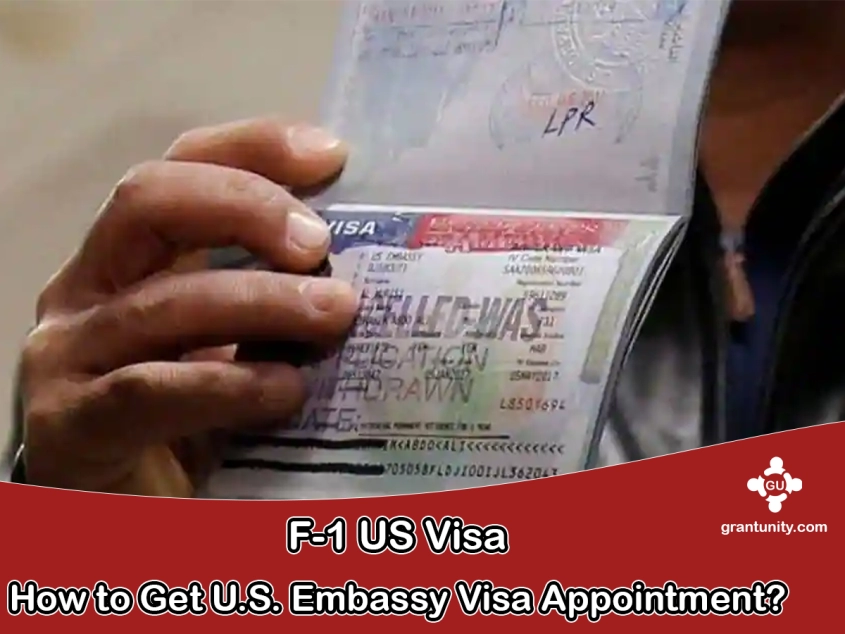
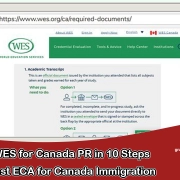
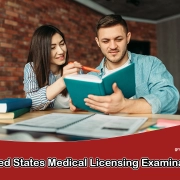

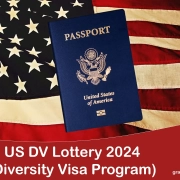
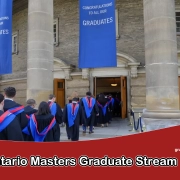
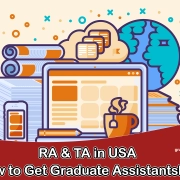
Leave a Reply
Want to join the discussion?Feel free to contribute!